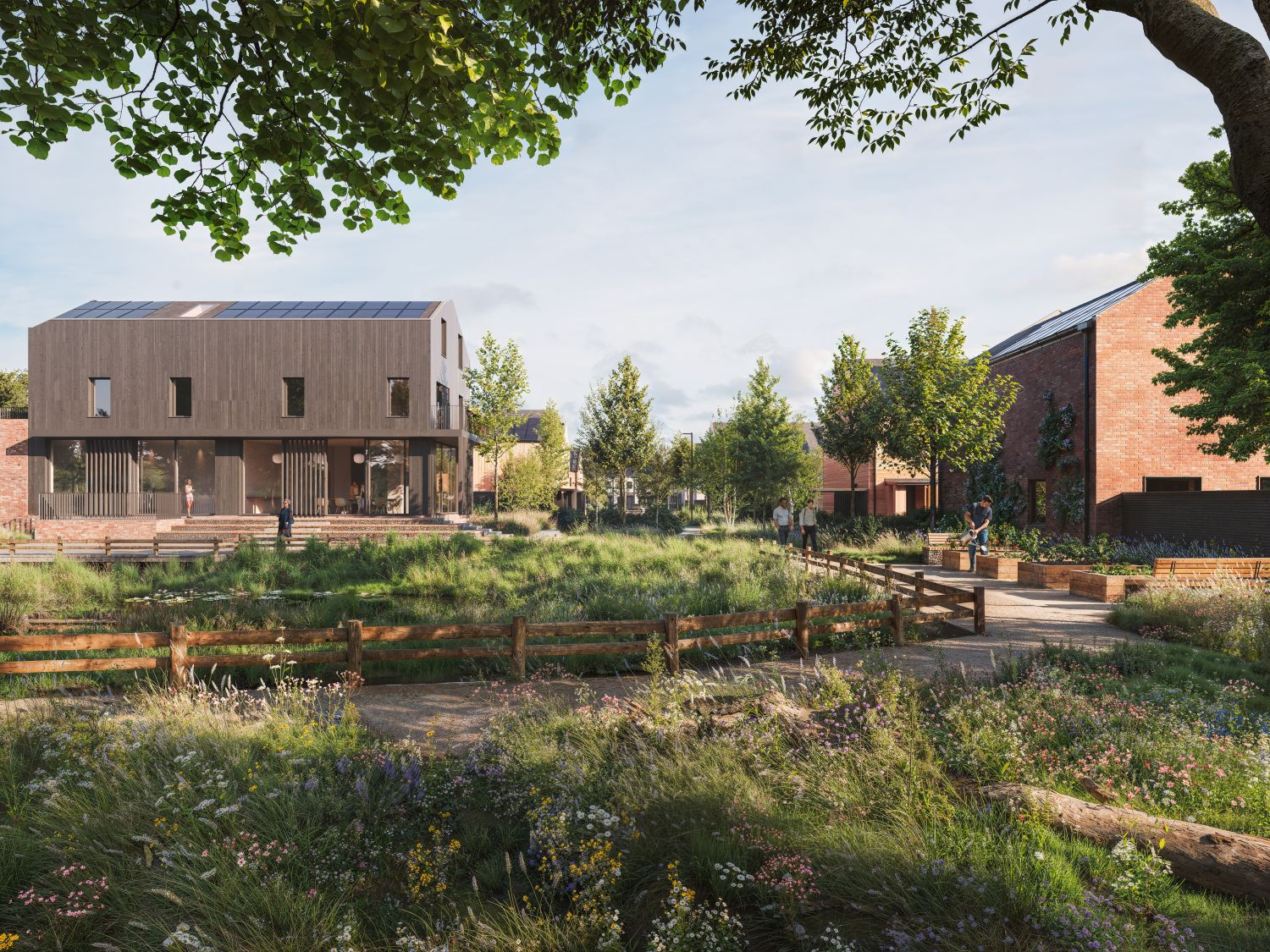The enduring appeal of Art Deco
As we celebrate 100 years of Art Deco, we delve into how it continues to shape how we experience our homes

In April 1925, the Exposition Internationale des Arts Décoratifs et Industriels Modernes opened its doors in Paris. A celebration of modernism in the post-war era, it brought together more than 15,000 exhibitors across 20 countries in a ground-breaking showcase of the avant-garde ideas sweeping its way through architecture, interior design and other decorative arts. Visited by 16 million people during its seven-month run, it left an indelible impact on the creative world, inspiring the name behind one of the 20th century’s most influential visual styles.
A century on Art Deco’s influence can still be found at every turn, beloved for its distinctive geometric forms, clean lines and sense of luxury and opulence. It is embedded in the architecture and interiors across the UK capital, from destinations such as Claridge’s and The Beaumont hotel to the imposing industrial figure of Battersea Power Station that reshaped London’s skyline.
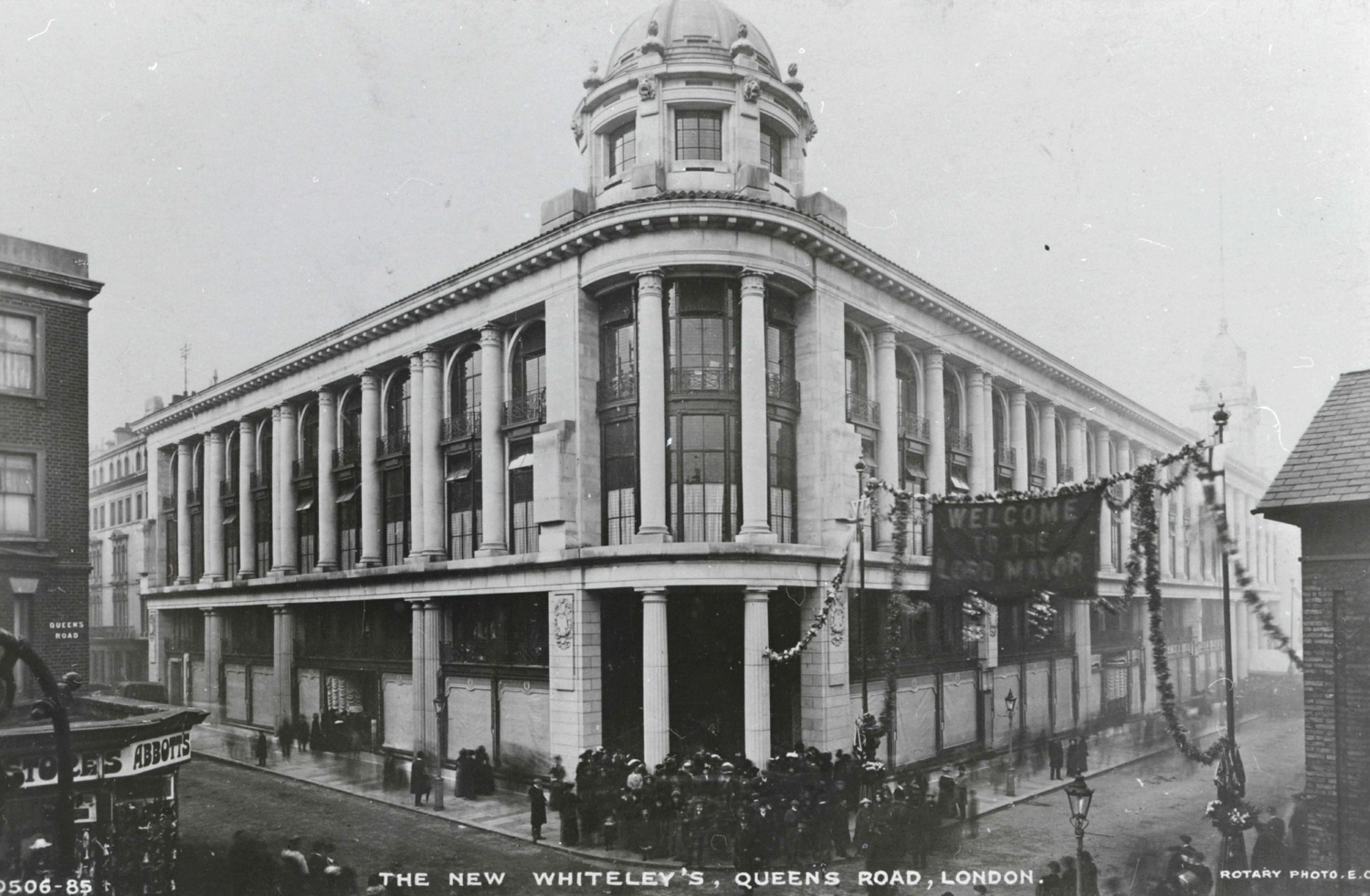
Like the latter, The Whiteley is an Art Deco icon that has been transformed for the modern age, now home to a collection of private residences as well as the UK’s first Six Senses hotel and spa. The building’s story is one of entrepreneurial spirit and ambition that is befitting of its grand design. In 1863, its namesake William Whiteley opened a small drapery shop at 31 Westbourne Grove, its success and expansion laying the foundation for the concept of the department store. After his passing Whiteleys would move to a new purpose-built store on Queensway in 1911, later expanded between 1925 to 1927 to incorporate the spectacular frontage that remains today.
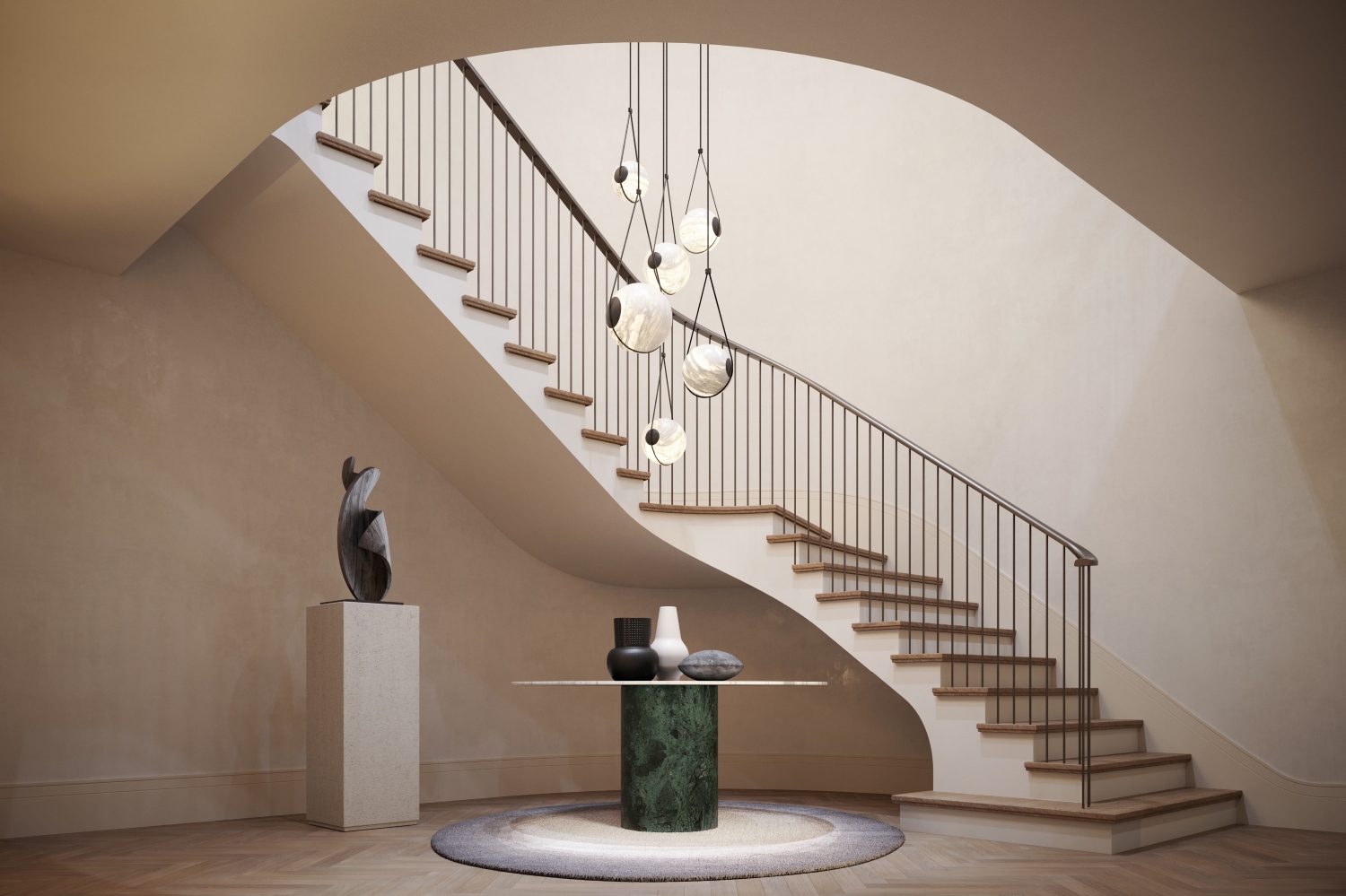
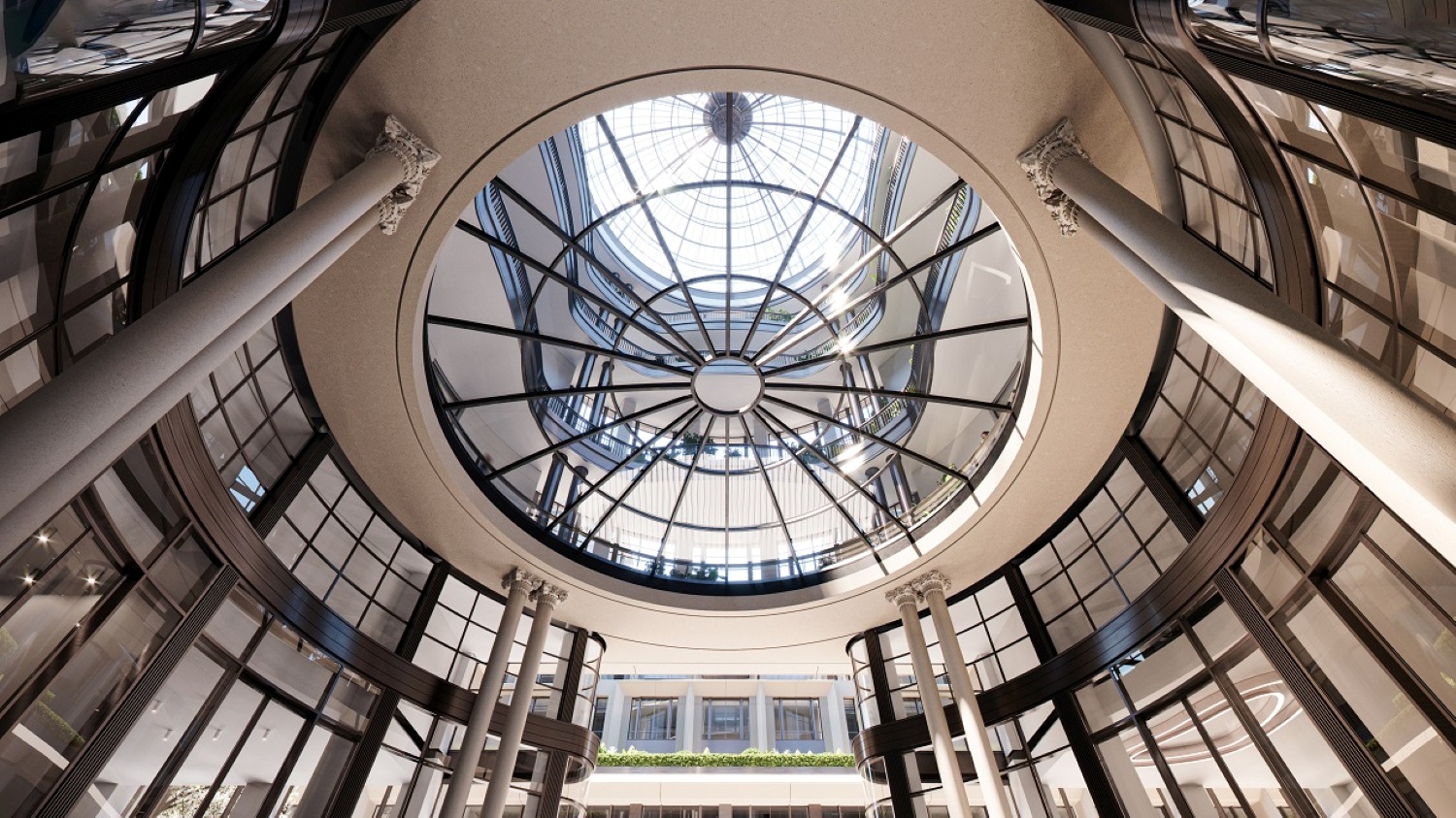
British architects Foster + Partners, along with interior designer and developer Finchatton, have since restored the original facade and breathed new life into the building, emphasising the soaring ceiling heights and grand proportions to create apartments and shared spaces connected by their elevated design and abundance of natural light. “These residences offer character and historical charm alongside the very best of contemporary living,” says Yazmin Murat, Partner in Knight Frank’s Prime Central London Developments team. “With a holistic focus on wellness, outstanding amenities and community, it has become a place to enjoy London living at its finest.”
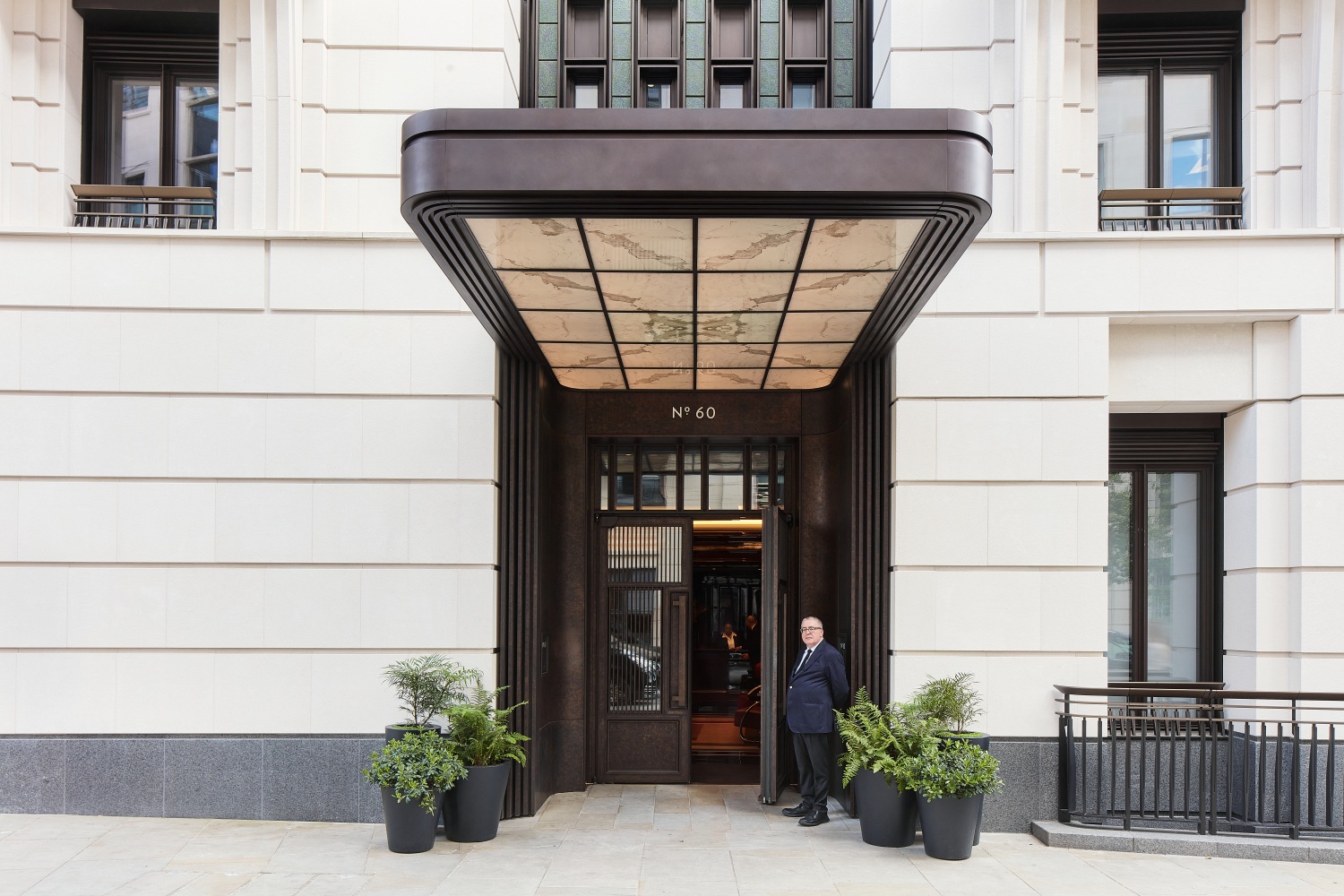
Art Deco’s influence on London’s most sought-after developments can also be seen in the Thierry Despont-designed 60 Curzon in Mayfair, which sits on the former site of the glamorous Mirabelle restaurant that once welcomed playwrights, politicians and visiting Hollywood stars. It makes a theatrical first impact, its exterior’s bold lines and elegant curves expressed with intricate stonework, bespoke terracotta tiling and bronze accents. Similarly, residents benefit from the spacious proportions, in addition to access to the high-end facilities including a 20-metre swimming pool, sauna, steam room and treatment room.

Head further south in the city and a prized community landmark, the former Tooting Police Station, will be transformed by TT Group into a collection of new homes after being decommissioned from public use. Renamed Old Station House, it will thoughtfully preserve the architectural heritage of the building designed in 1939 by Gilbert Mackenzie Trench, famously credited as the creator of the police phone box, immortalised in pop culture by Doctor Who. “It harks back to a time where policing was done very differently,” says Christopher Jones, a Partner in Knight Frank’s New Homes team. “They actually lived there too, hence why there were two accommodation blocks - the married quarters, and the building attached to the main police station where the unmarried police officers lived.”
Recently designated a Grade II listing, alongside the building’s Art Deco exterior a number of internal features will be restored and enhanced to create beautiful spaces for future residents when it launches this autumn. “There is a room formerly used as an office with an amazing domed ceiling set with skylights that will now be brought back into use as a residents’ room,” says Jones. “TT are incredibly passionate about the building’s history and are intent on preserving and showcasing as much of the original features as possible. When you have a project with an interesting history such as this, it really resonates with buyers.”
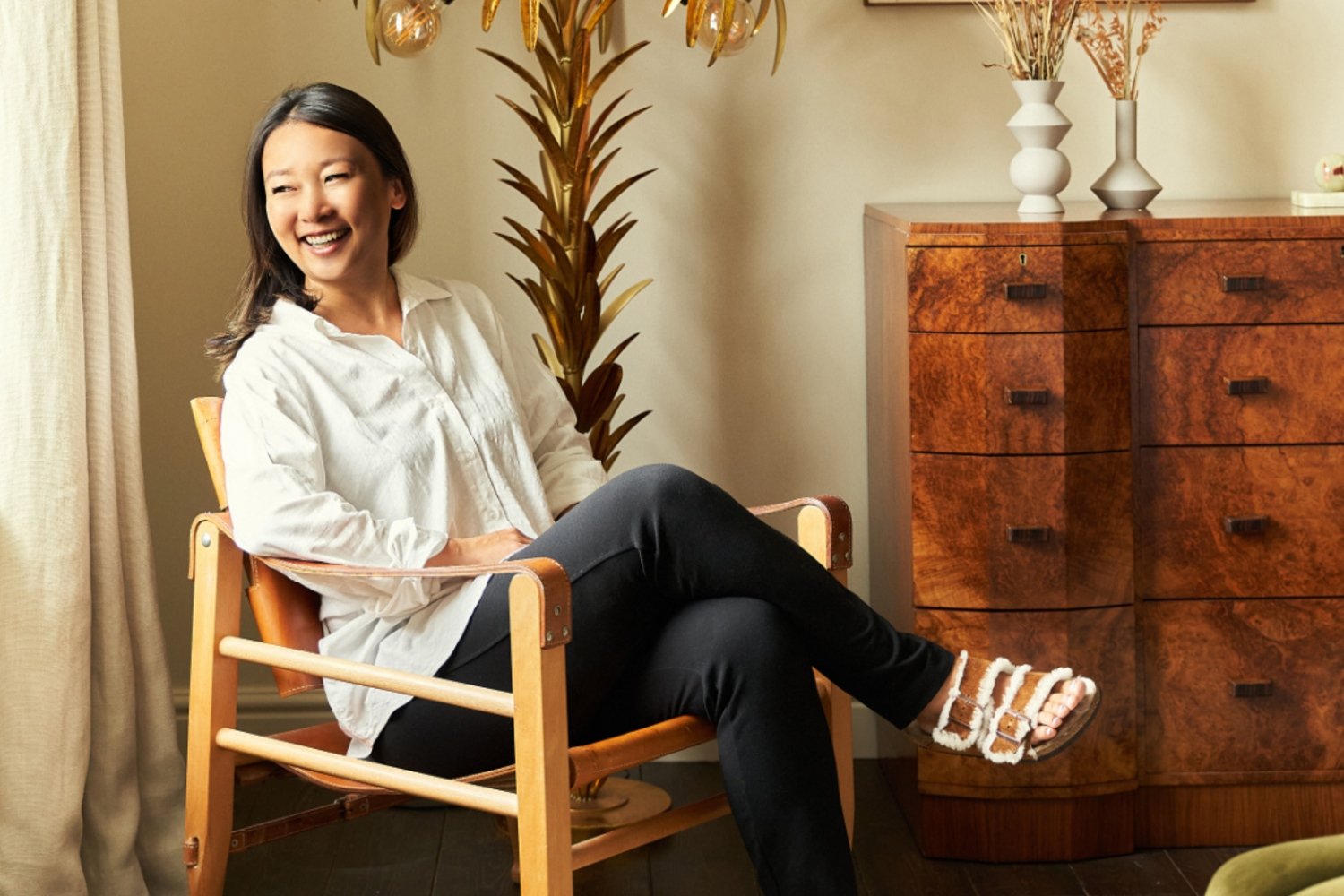
It seems the style’s enduring popularity shows no sign of weakening. Sandrine Zhang Ferron is the founder and CEO of Vinterior, a sustainable online marketplace specialising in vintage furniture. She reports that in the second half of 2024, their volume of Art Deco sales tripled, with searches for the term on the site in February 2025 up 58% on the previous year. “People are increasingly drawn to pieces with strong character and beautiful craftsmanship. Art Deco fits that perfectly. Of course, with all vintage styles you’re bringing in pieces of quality, history, and individuality into your home in a conscious way, but Art Deco is such a bold choice it adds an unexpected element into a space, and that can be done via smaller pieces like mirrors and lighting, or with a bold statement piece of furniture,” she says.
She notes the style’s unique combination of nostalgia with a modern edge as the secret to its success. “There’s something about its bold lines, symmetry, and luxurious materials that continues to speak to people, even a century later. It captures a spirit of optimism and glamour from the 1920s and 1930s that still resonates today. That sense of confidence in design is timeless.”
Contact Knight Frank’s New Homes team for further information


